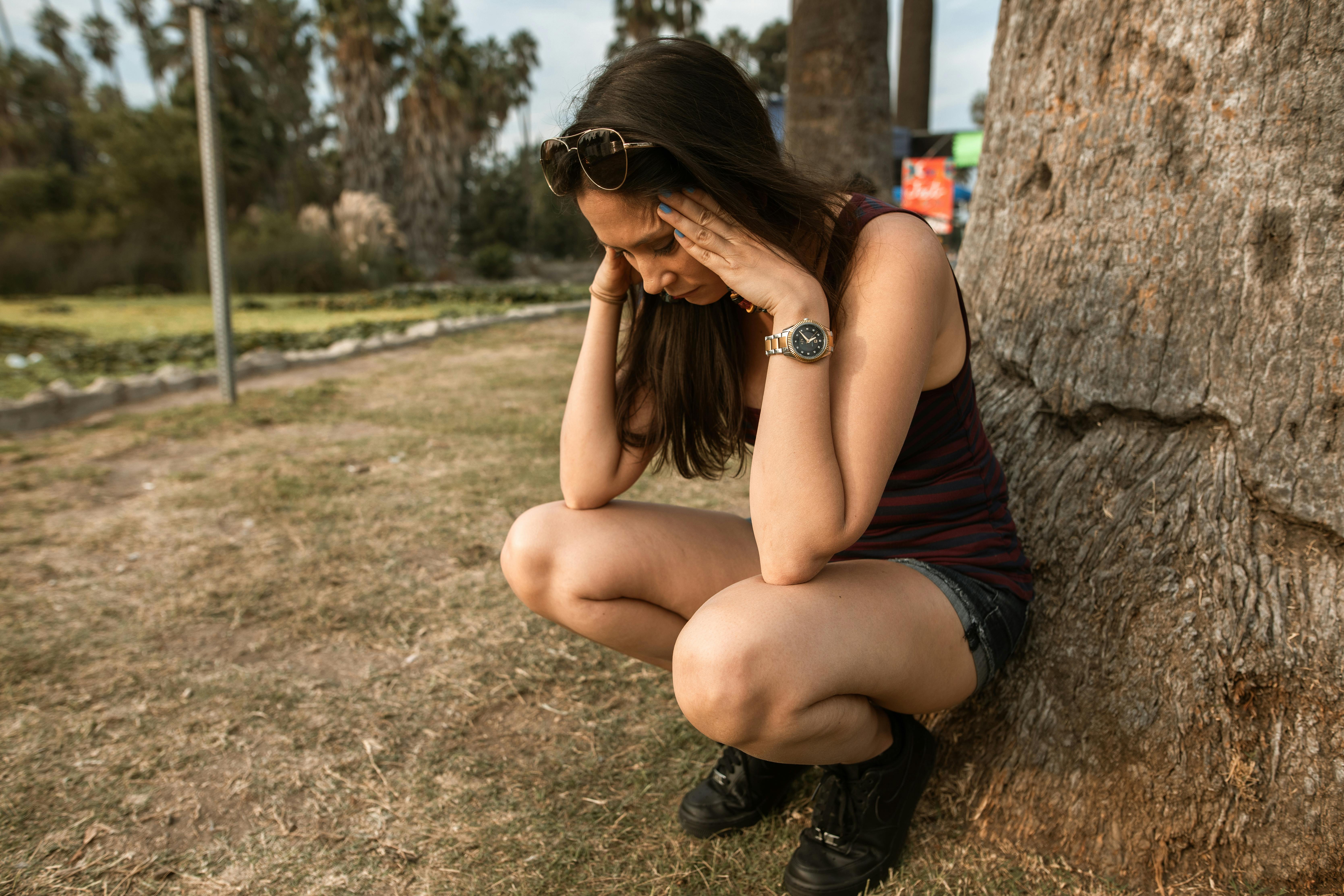The Intersection of Anxiety and Modern Life: A Deep Dive into a Modern Epidemic
In the 21st century, the pace of life has quickened, stress levels have reached unprecedented heights, and anxiety has emerged as a major public health concern. This is not to say that anxiety is a novel phenomenon. In fact, it is fundamental to the human experience and has been with us since our earliest days as a species. But in our modern, hyper-connected world, anxiety appears to have taken on new dimensions that are worth exploring. This article delves into the historical context of anxiety, its current relevance, trends and impacts, as well as unique insights into this pervasive mental health issue.

Anxiety Through the Ages
Anxiety, in one form or another, has been with us throughout our evolutionary journey. Our early ancestors needed anxiety as a survival mechanism to alert them to potential threats in their environment. This ‘fight or flight’ response was crucial for survival in a world filled with predators and other dangers. For most of human history, anxiety was a transient experience, a reaction to immediate threats that subsided once the danger had passed.
However, with the advent of civilization and more complex societal structures, anxiety began to evolve. As humans built communities, developed agriculture, and eventually created industry and technology, the nature of the threats we faced changed. Instead of physical dangers, we began to worry about social status, financial security, health, and the future.
The Modern Face of Anxiety
Fast forward to the 21st century, and anxiety has become a chronic condition for many people. According to the World Health Organization, anxiety disorders are the most common mental health issues worldwide, affecting hundreds of millions of people. The stressors of modern life - long working hours, financial pressures, societal expectations, political instability, and now the uncertainty brought about by global pandemics - have created an environment where anxiety thrives.
The Impact of Technology and Social Media
One of the most significant recent developments in our society is the rise of digital technology and social media. These platforms have fundamentally altered the way we interact with each other and the world around us. On one hand, technology has brought about unprecedented connectivity and access to information. On the other hand, it has also been linked to increased feelings of anxiety and loneliness.
Social media, in particular, has been accused of fostering a culture of comparison and inadequacy. The constant bombardment of carefully curated lives and achievements can lead to feelings of inferiority and increased anxiety. Additionally, the 24/7 news cycle and the endless stream of information can contribute to a sense of overwhelm and heightened anxiety.
The Consequences of Chronic Anxiety
Chronic anxiety doesn’t just affect mental health, it has significant physical health implications as well. Long-term stress and anxiety can lead to heart disease, digestive problems, sleep disorders, weight gain, and impairment of the immune system. Furthermore, anxiety can lead to other mental health problems like depression and is a significant risk factor for suicide.
Notably, the economic impact of anxiety is staggering. Lower productivity, increased healthcare costs, and disability benefits for those unable to work due to anxiety disorders cost the global economy billions of dollars each year.
Addressing the Anxiety Epidemic
Addressing the anxiety epidemic requires a multi-faceted approach. Increased access to mental health services, greater education around mental health, and decreased stigma associated with mental illness are all essential steps.
Furthermore, as a society, we need to address the societal pressures and environmental factors that contribute to anxiety. This could include promoting work-life balance, providing financial education and support, and implementing policies to address income inequality and job insecurity.
Finally, on an individual level, incorporating stress-management techniques such as mindfulness, exercise, and healthy eating can help manage anxiety symptoms.
In conclusion, anxiety is a complex issue that has evolved alongside humanity. Today, it is a public health crisis of global proportions that requires a comprehensive approach to tackle. Understanding the historical context, recognizing the current trends, and creating multi-level interventions can help us address this modern epidemic.




